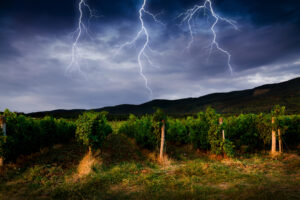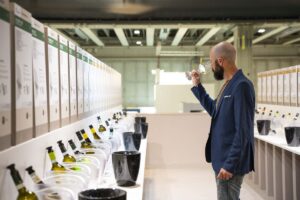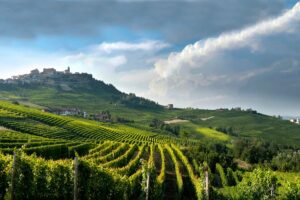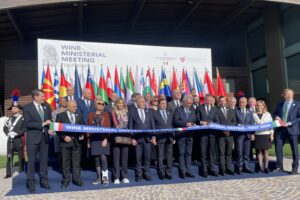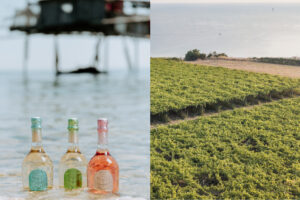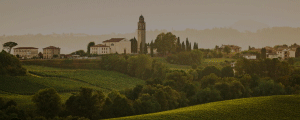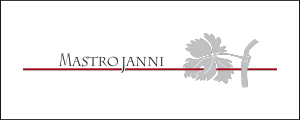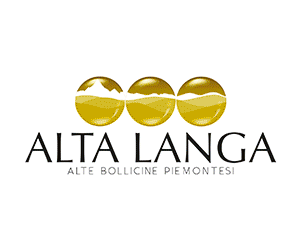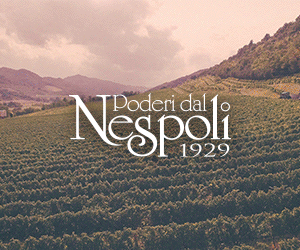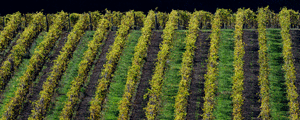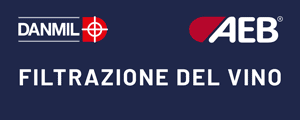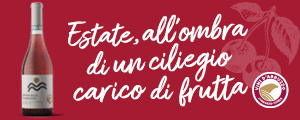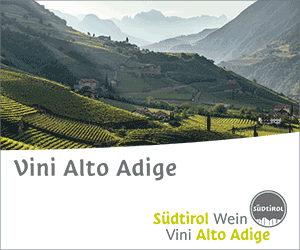The frosts in April and this summer’s scorching heat "swallowed up" 15 million hectoliters of Italian wine. Grapes are in the cellars from Valle d'Aosta to Sicily, and the Italian sommeliers association, Assoenologi’s final estimates on vintage 2017 are 38, 9 million hectoliters in Italy, down 28% compared to 2016 on the national level, with a catastrophic 45% less in Tuscany (1.6 million hectoliters produced), Lazio-Umbria (1.2) and Sardinia (440.000 hectoliters), 35% less in Lombardy (960.000 hectoliters), 30% less in The Marches (670.000), Abruzzi (2.7 million hectoliters), Apulia (67) and Sicily (4.2 ), 25% less in Piedmont (1.9) and Emilia Romagna (5.8), 20% less in Veneto (8.1), Friuli Venezia Giulia (1.4) and Campania (1), and 15% less in Trentino Alto Adige (1 million hectoliters), while the other smaller wine production regions (Valle d'Aosta, Liguria, Molise, Basilicata and Calabria) marked 30% less overall, for 740.000 hectoliters.
The 2017 harvest, therefore, will go down in history as the second scarcest ever since the postwar period, which in 1947 was 36.4 million hectoliters.
Quantity is an obvious disaster, while on the quality front, although the situation varies quite a lot in Vineyard Italy, things (according to the WineNews survey of some of the top Italian producers (https://goo.gl/ kJy2vL) did not go as badly as initially feared.
“The grapes arrived in the wineries in perfectly healthy condition”, said Assoenologi, led by President Riccardo Cotarella, “but ripeness varied within the same vineyard and often grapes were dehydrated. Therefore, quality is quite wide-ranging this year and overall it is very good, though some varieties show peaks of high quality and others, where the climate was particularly severe, a lower quality level. This year, more than others, the scientific approach of winemakers played a decisive role, especially in the vineyard management”.
The 2017 vintage is the result of a seasonal trend not recollected in recent history, “where climatic events struck on an unusual and exceptional scale. In April, frosts crossed France, Spain and all of Italy, "burning" many already well-developed sprouts, which, unfortunately, were no longer able to bear fruit. The long period of drought that followed, except in some regions in the North”, emphasized Assoenologi, “put the vineyards of Central-South Italy to the test, which also had to cope with an extraordinary wave of heat, touching the North as well, and beginning in May, peaking in July and August (the thermometer often read above 40° C).
The northern vineyards were blessed with timely rains in July and August, although there were often strong hailstones, which sometimes compromised their production in different areas. Luckily, some areas that have had no problems, thanks to some summer rain and above all to ecological and scientific management in the vineyards, or the availability of irrigation water and natural resistance to this extreme climate of certain indigenous cultivars.
Above all, the transversality of our territory and our great, unique biodiversity in the world is what allowed some production areas to get good, if not excellent, quantity and quality. Unfortunately, persisting drought and high temperatures in the Center-South for most of the month of September, exacerbated by the great shortage of water reserves in the soils, caused the bunches of grapes to lose more weight, which dropped the production of this harvest to below 40 million hectoliters.
There has been a slight improvement, in very few areas, thanks to September rains, which has helped improve both quality and quantity levels”.
Copyright © 2000/2024
Contatti: info@winenews.it
Seguici anche su Twitter: @WineNewsIt
Seguici anche su Facebook: @winenewsit
Questo articolo è tratto dall'archivio di WineNews - Tutti i diritti riservati - Copyright © 2000/2024











